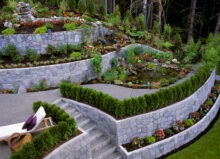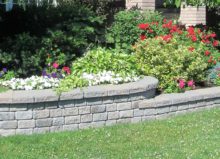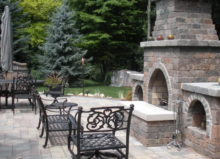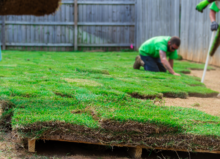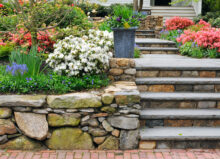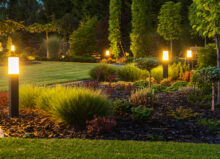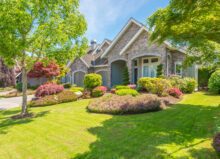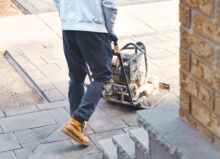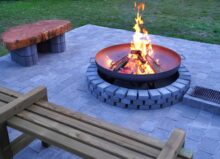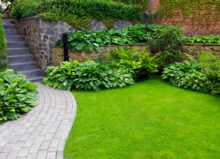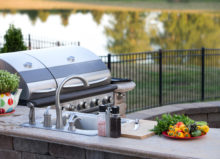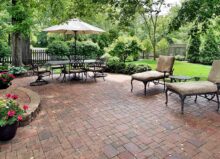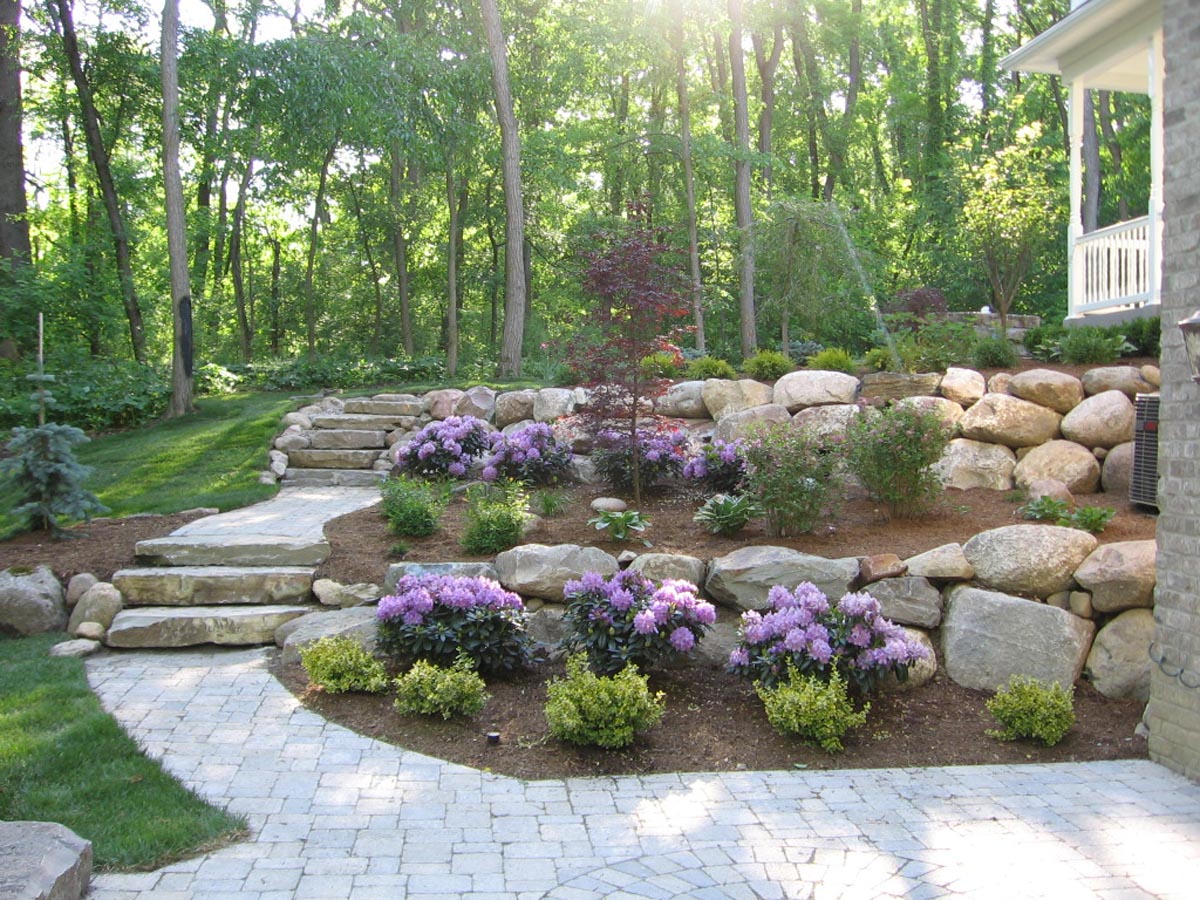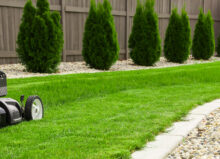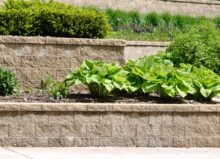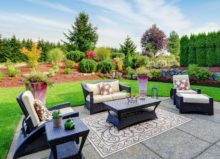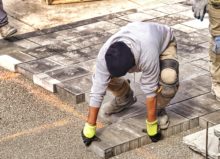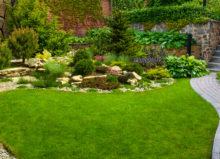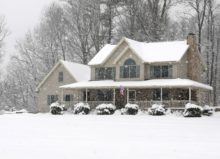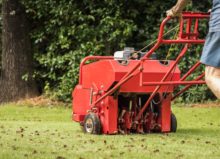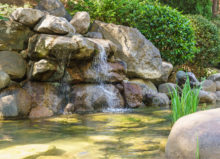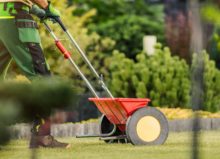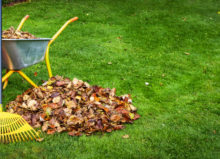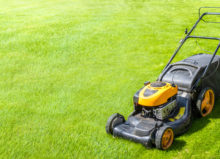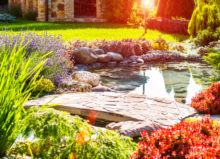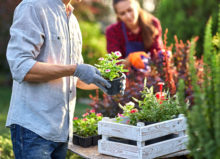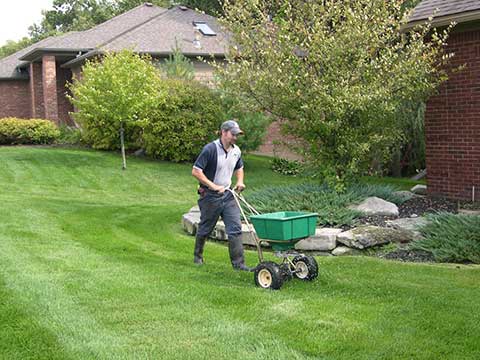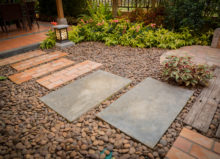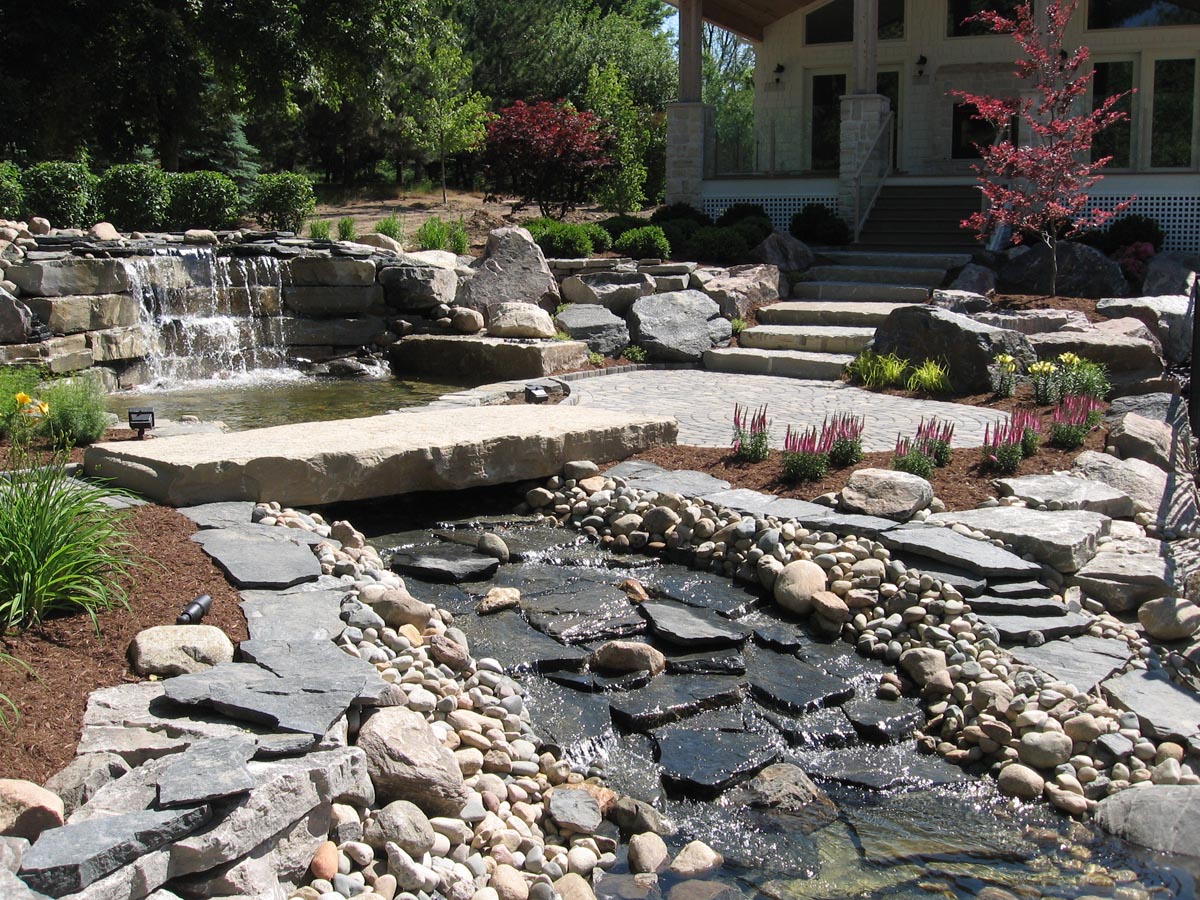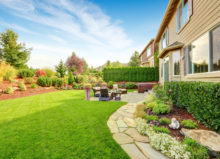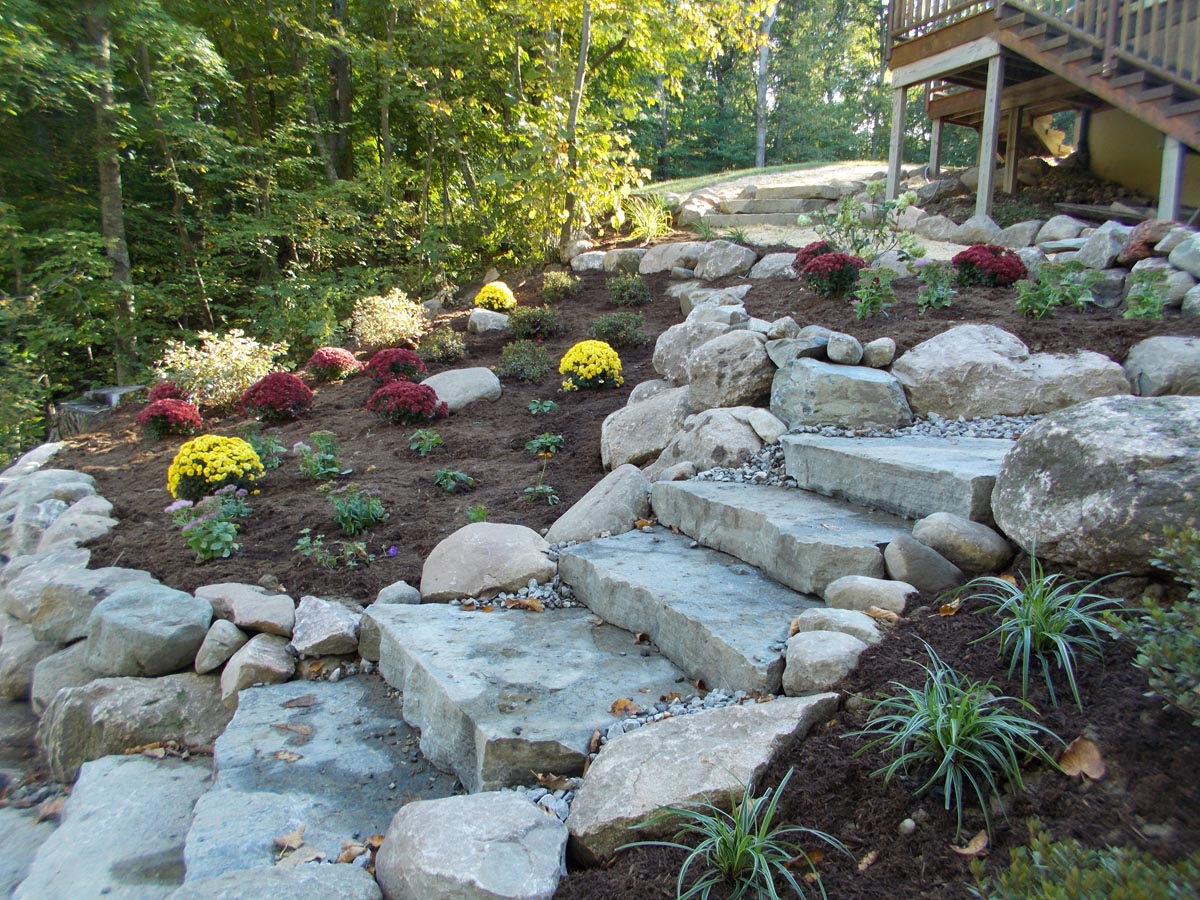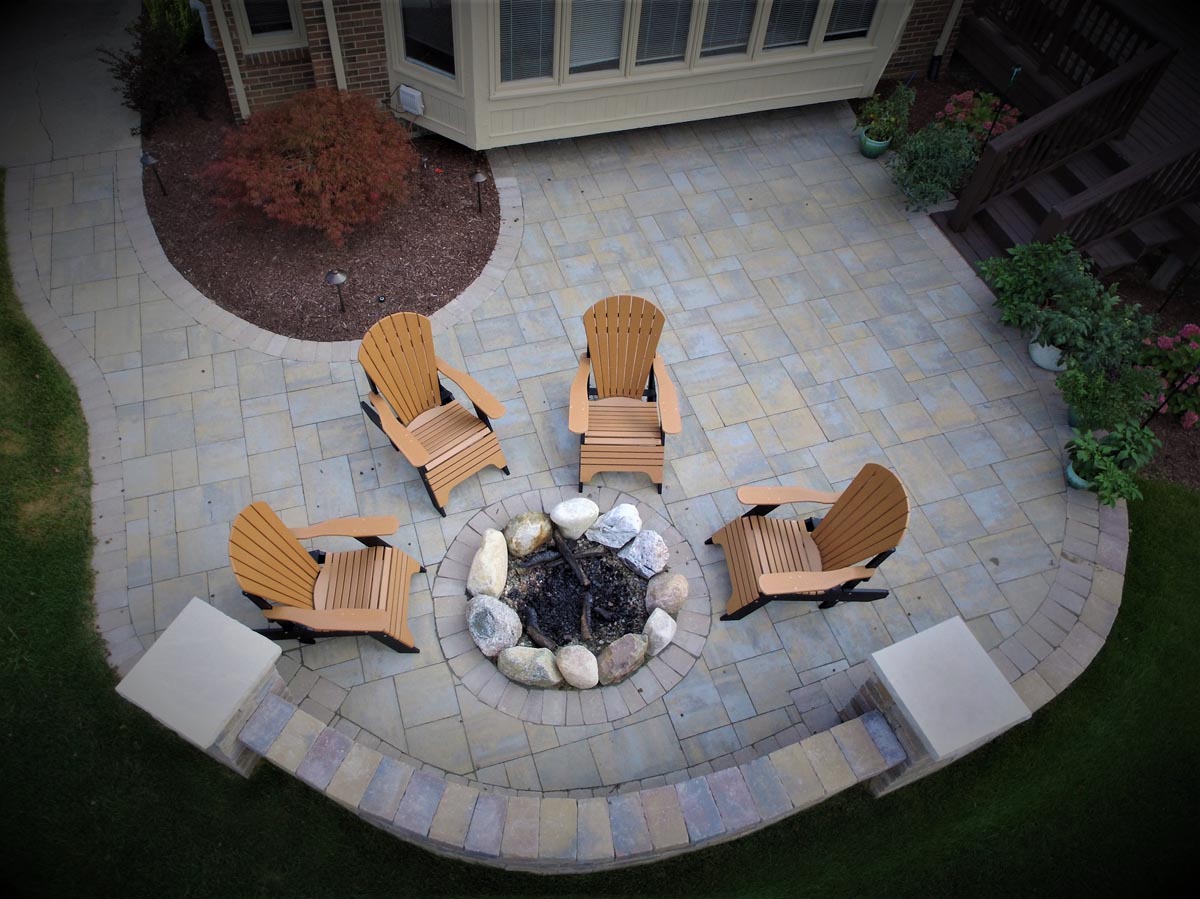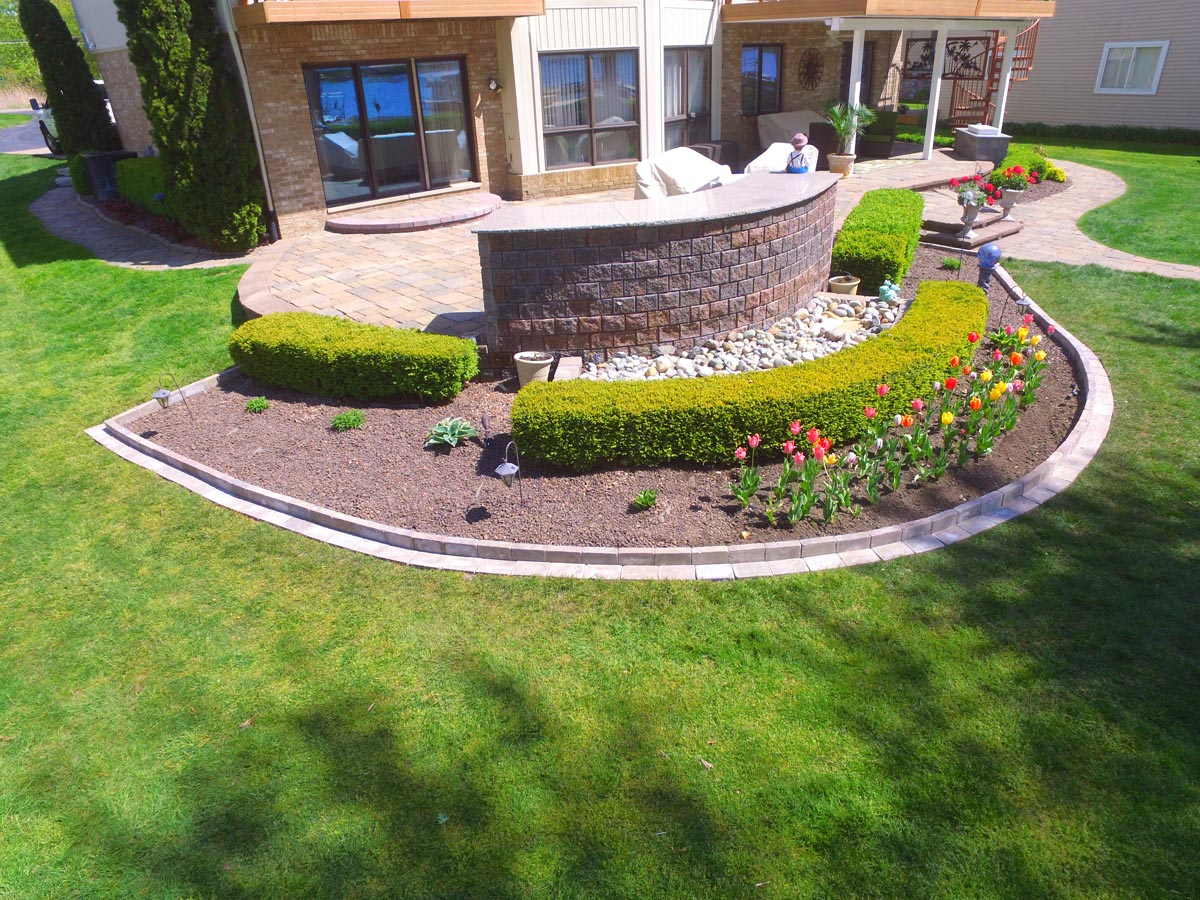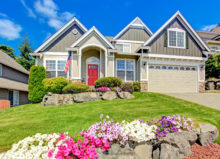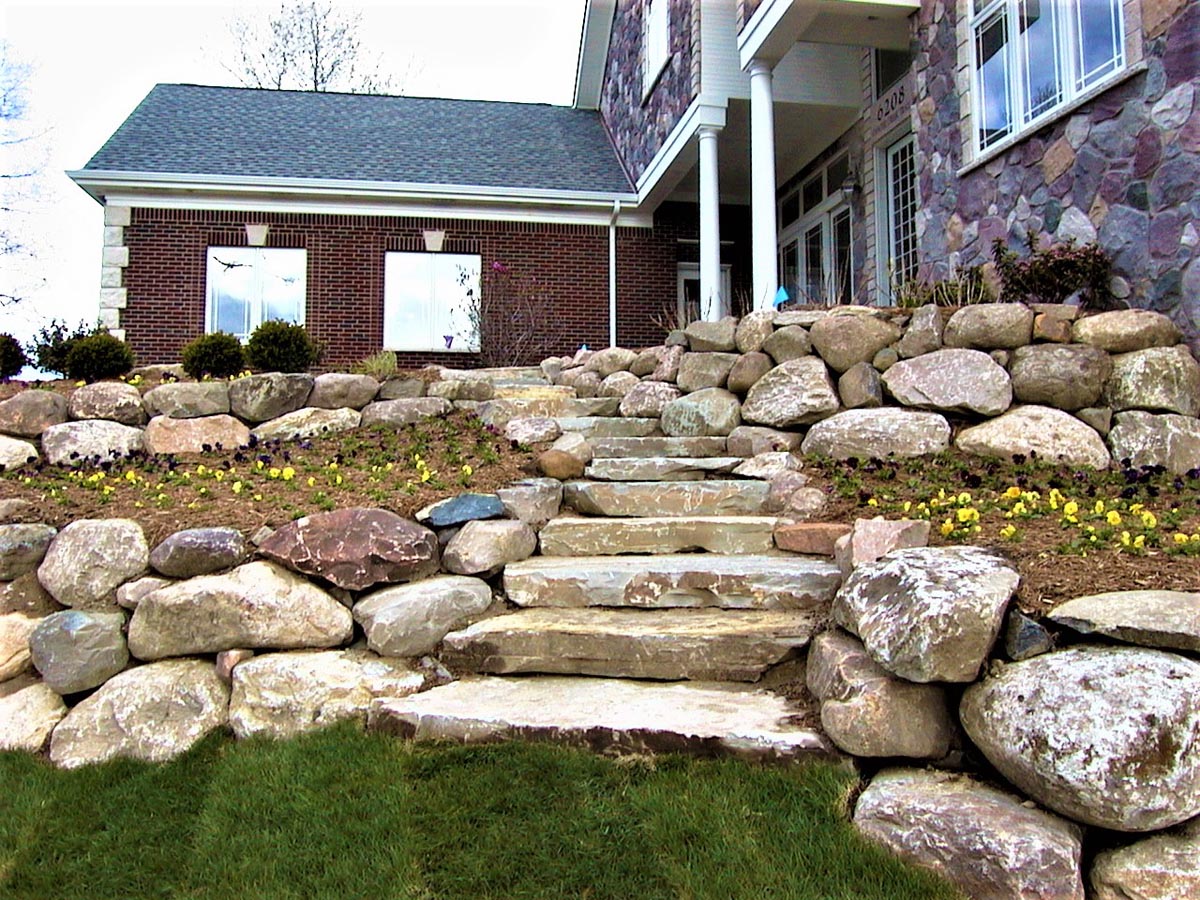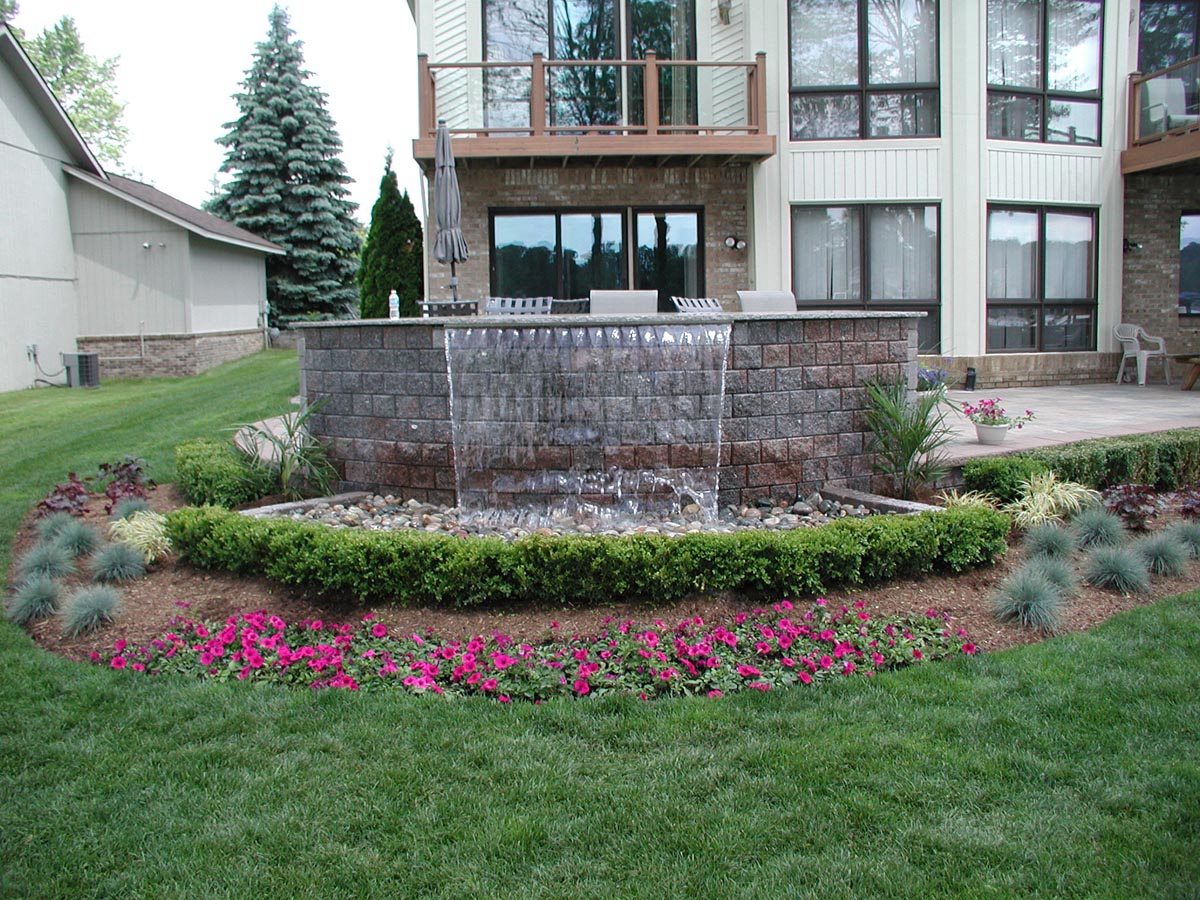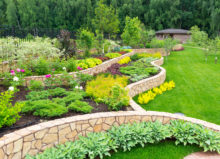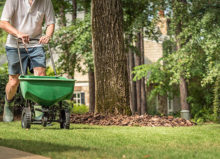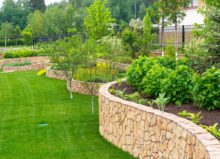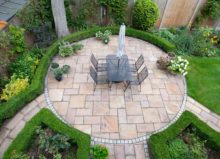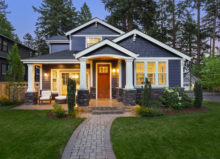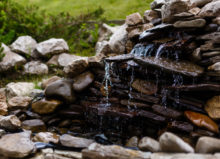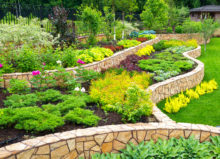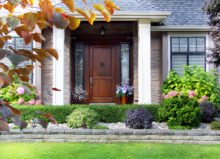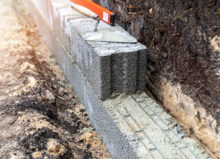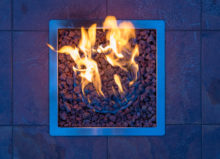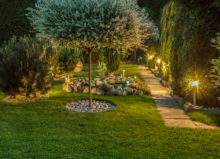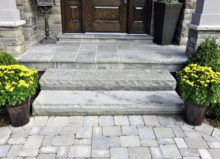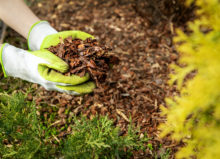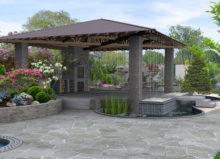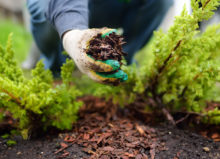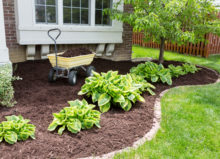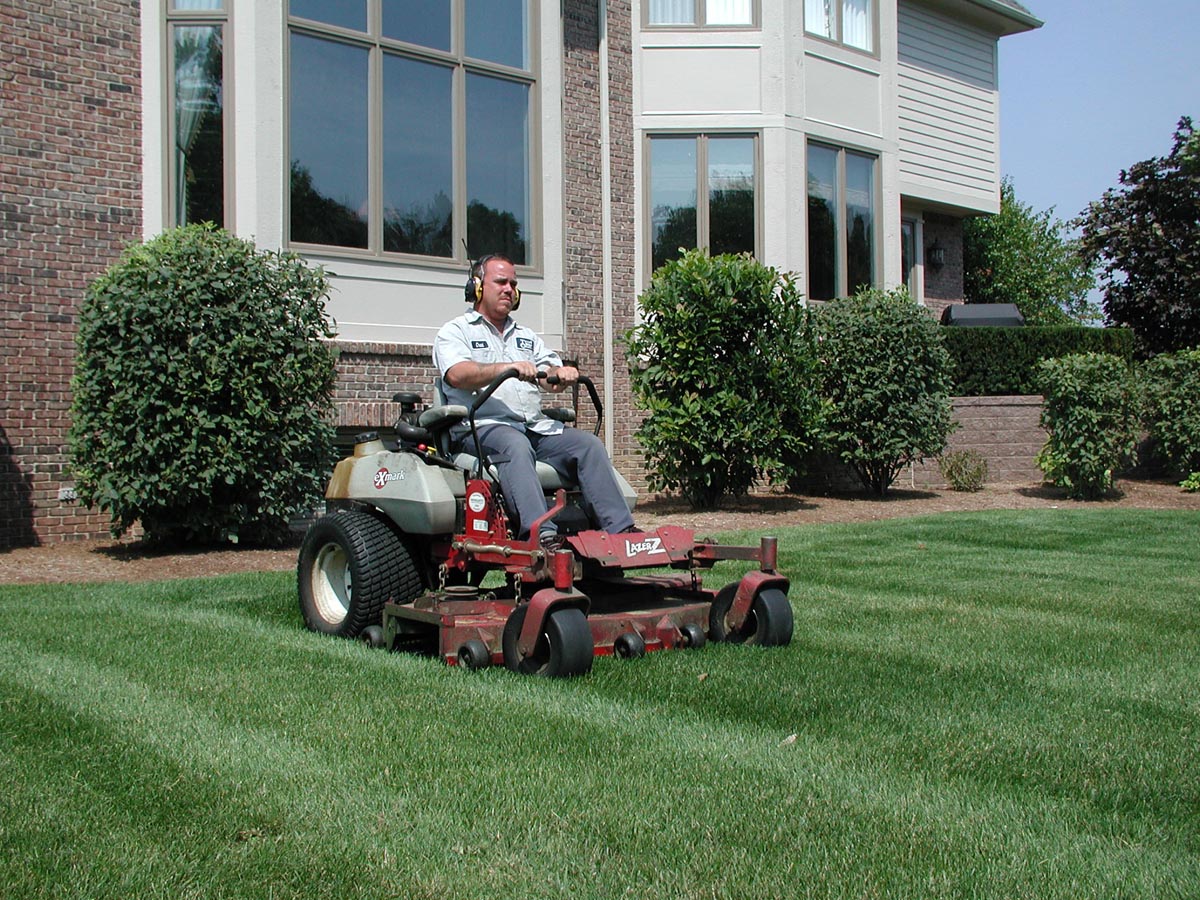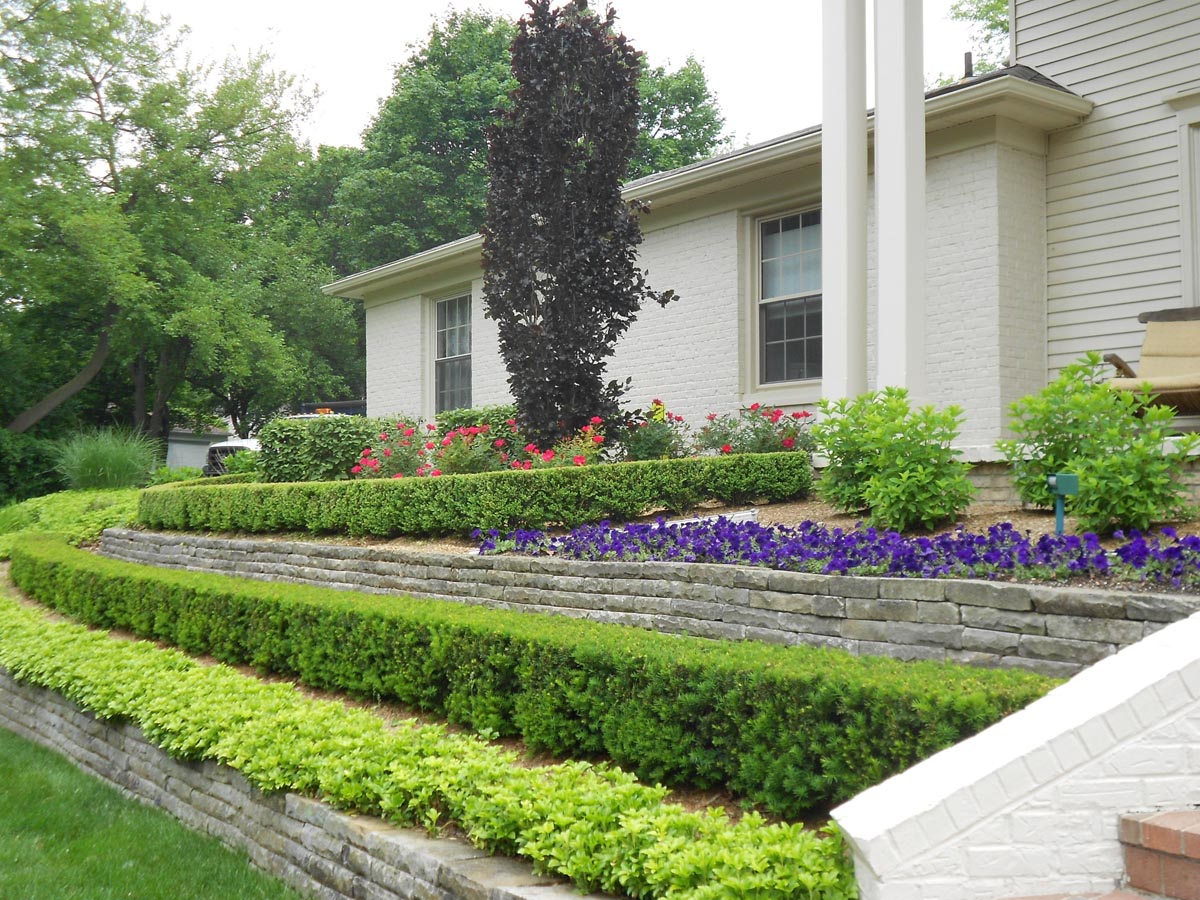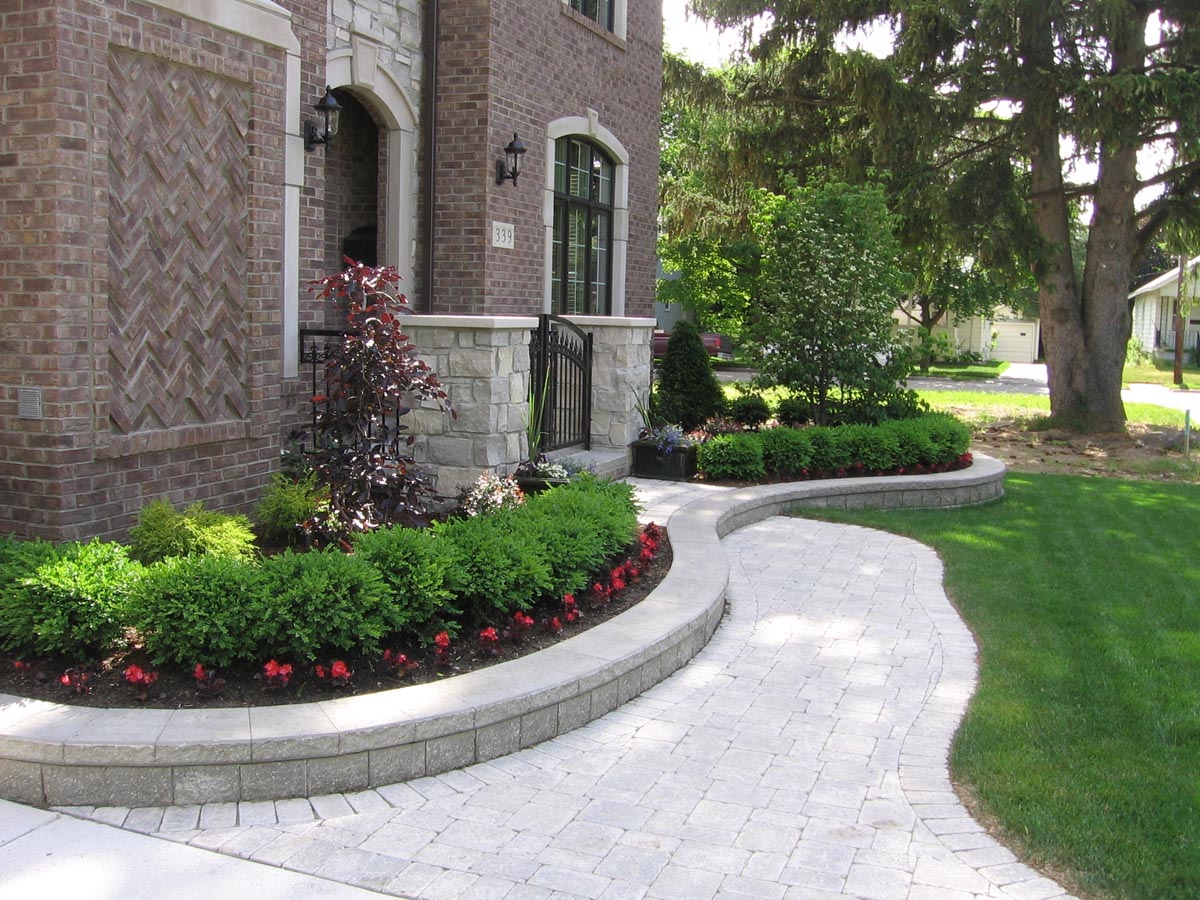The Ultimate Guide to Outdoor Kitchens: Design, Installation, & Maintenance
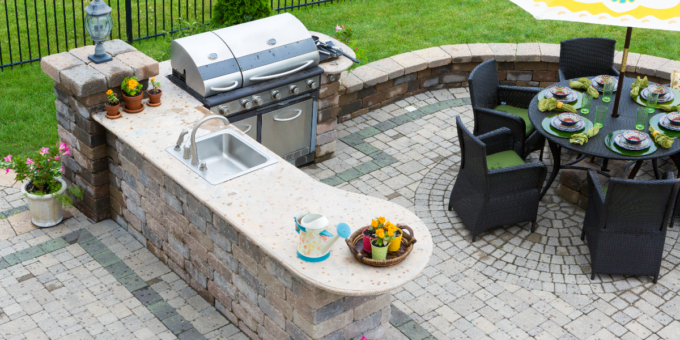
Outdoor kitchens are more popular than ever and for plenty of good reasons. They can expand your usable living space, magnify your outdoor entertainment capacity, and encourage you to eat at home rather than deal with expensive restaurant bills. They also improve your home’s energy efficiency by keeping the heat generated during cooking outside.
And if all of that wasn’t enough, modern outdoor kitchens are considered sophisticated landscape features, significantly driving up home values. The National Association of Realtors® even found in their 2023 Outdoor Remodeling Impact Report that outdoor kitchens provide a 100% ROI, meaning homeowners recovered the project’s entire cost over time.
Now, here’s something difficult you’ll have to do—hold in your excitement. Before you immediately jump out of your chair to build your outdoor kitchen, you’ll need to consider a few factors first. This article will highlight those factors, provide guidance on what to expect during installation, and how to maintain it once it’s built.
Design Considerations
Materials
An outdoor kitchen has to be tough enough to withstand the natural elements, resist stains, handle the weight of heavy outdoor furniture, and function well year after year. So, it’s important to plan the materials you will use to construct your outdoor kitchen. Think about high-quality, heavy-duty materials known for durability and easy maintenance.
In this chart below, we break down some of the most popular materials, their advantages and disadvantages, and how they’re best used in an outdoor kitchen.
| Material Type | Key Characteristics/Advantages | Disadvantages | Best Applications |
|---|---|---|---|
| Stainless Steel | Durable, rust-resistant, easy to clean, withstands extreme weather, low-maintenance | Can show fingerprints and scratches, tends to have a higher cost | Appliances, cabinets, and countertops |
| Concrete | Sturdy, customizable, weather-resistant, handles temperature variations | Heavy/hard to work with, may require resealing every few years, can crack over time, especially in extremely cold environments | Countertops, structural elements |
| Stone (Natural or Manufactured) | Aesthetically pleasing, durable, resistant to heat, scratches, and weather elements | Heavy/hard to work with, expensive, requires sealing | Countertops, flooring, decorative elements |
| Brick | Classic look, durable, excellent heat retention, durable in various climates | Porous, requires sealing, limited design flexibility | Pizza ovens, flooring |
| Tile (Ceramic or Porcelain) | Versatile, durable, weather-resistant, resists fading, easy to clean | Can crack under impact, grout requires maintenance | Backsplashes, countertops |
| Teak or Cedar Wood | Resistant to moisture, decay, and insects, naturally suited for outdoor use, ages gracefully | Requires regular maintenance and can be expensive | Cabinetry |
| Aluminum or Galvanized Steel | Lightweight, rust-resistant, can be powder-coated, ideal for structural stability | Aluminum can dent, galvanized steel may corrode over time | Frames, cabinets |
| Composite Materials | Durable, low-maintenance, mimics natural wood or stone, resistant to rot, insects, and weather-related damage | Can fade over time, less natural look than wood | Decking, countertops |
| Stucco | Durable, variety of textures and colors available, excellent weather resistance | Can crack with structural movement, labor-intensive installation | Exterior finish |
Size & Layout
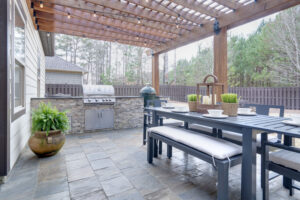
Consider the amount of space you have to dedicate to your outside kitchen. What elements do you realistically have room for? Think about some of the appliances naturally found in your kitchen—an oven or stovetop, a refrigerator, microwave, toaster, cabinets/storage units, a place for garbage/recycling, etc.
Remember to account for comfortable movement around these elements, too. Otherwise, a fun night cooking with your partner might turn into a dangerous dance. When considering space, also think about eating. Will you cook outside and invite your guests back inside to eat, or do you want a dedicated space outside for eating, too?
Also, consider how your kitchen will integrate with your existing landscape (including hardscaping) and what that means for material selection. For example, if you already have a brick patio, building a brick outdoor kitchen might be better aesthetically rather than a stucco or stone one.
And don’t just think about it—awaken the artist within and draw your thoughts out on paper.
Location & Environment
Your climate will affect your outdoor kitchen plan. Consider when you’ll use your kitchen and how the weather varies between seasons. If you’re in an area that experiences drastic temperature fluctuations, it’s probably smart to avoid materials that tend to warp, shift, or crack in extreme temperatures, like natural wood, plastic/vinyl, tiles, composite materials, or stucco.
Also, consider additional environmental factors, like the direction of the wind and the amount of sunlight the area receives. Wind can either be a benefit or a nuisance (smoke hurdling towards your guests in the seating area versus smoke drifting away from the kitchen). Additionally, extended amounts of direct sunlight can make certain materials fade over time, so pick UV-resistant materials if you’re planning to build your kitchen in a sunny spot or ensure your kitchen is covered.
Lastly, think about whether you need a pergola, roof addition, heater, circulation fan, or a Florida room. Covered areas are particularly useful in areas that frequently experience rainfall, fans can be ideal in humid summers or non-windy areas, and heaters are essential if you plan to use your outdoor kitchen in the winter.
Number of People
Think about the number of people who will be enjoying your outdoor kitchen regularly. Be realistic about these considerations because you don’t want to waste money designing and building a kitchen that’s suitable for considerably more people than will be using it. You can build your kitchen with a basic design and then incorporate additional amenities as needed.
Seating
Based on your available space, it’s nice to have several different seating areas for eating/drinking, playing board games, or just talking. From low-profile, comfy chairs to tall barstools, look for seating that can withstand barbecue stains, rain, messy shoes, and other relevant variables. And consider the styles of tables you’ll need to go along with your chairs and stools. Ensure your seating is near a heating source (but not too close) to enhance comfort in the winter.
Appliances
You can’t have an outdoor kitchen without appliances. Think about what elements you want and have room for, like a grill, smoker, pizza oven, drink dispenser, ice maker, or refrigerator.
You should also think about the style and frequency of cooking you’ll be doing and the entertainment options you want in place, like a sound system.
Additional Features
After you plan out the basics, consider customizable options to incorporate into your kitchen. Of course, you want to keep your budget in mind and not overdo your customizations, especially if you won’t use the space that often. But, you can consider options like kegerators, glassware stations, islands, or a bar.
And remember to explore your choices for innovative lighting so you can still enjoy your kitchen after the sun sets. Today’s LED lighting options are incredibly versatile and surprisingly affordable.
Finally, don’t forget to plan out adequate storage areas to hold your cooking utensils, cleaning supplies, and other necessary items, unless you plan to keep all of those inside your home and carry them out when needed.
What to Know Before Installation
1. Professional Installations Are Better
First, understand that professional outdoor kitchen design and installation are nearly always superior to their DIY counterparts. That’s because professional designers and installers have experience with these types of projects, can provide guidance (especially in terms of budget), and can help reduce challenges/obstacles during the design and installation phases of the project.
2. Project Delays Are Difficult to Avoid
You may also want to plan for unavoidable delays. Several factors can impact or delay a project, including:
- Heavy rain, high winds, and other inclement weather
- Challenges accessing water, gas, and electricity
- Appliance availability
- Material availability
- Available space
And, of course, you’ll need to follow local and state zoning laws and obtain any necessary permits, which takes time. Again, working with a professional makes everything hassle-free and ensures compliance with all regulations. A licensed expert can also offer budget-friendly recommendations that account for space availability, the location of needed utilities, and the materials that will best suit your overall goals. If certain materials or appliances are unavailable, they can even provide recommendations to help speed up the process.
3. It Can Be a Lengthy Process
Finally, be aware that an outdoor kitchen construction project is a lengthy undertaking, regardless of whether it’s DIY or professional. Based on the design complexity, this type of project can take anywhere from a week to a few months. Planning everything, ordering all the materials and appliances, and preparing for construction are significant time-eaters. Once everything is thoroughly mapped out and ready to go, the actual construction can proceed fluently.
Post-Project Maintenance
Although outdoor kitchens are typically built with durable, low-maintenance materials and appliances, routine care and cleaning are still very important to ensure long-lasting results.
General tasks to add to your regular maintenance plan include:
| Task | Frequency |
|---|---|
| Clean countertops, appliances, and utensils | After every use |
| Cover grills, appliances, and non-weather-resistant seating | During inclement weather or extremely cold temperatures |
| Shut off propane and put it in safe storage | In the winter or whenever the kitchen will not be used for a long duration |
| Pick up debris from seating areas and flooring | Weekly |
| Degrease Grill | Monthly |
| Deep Clean Sink | Monthly or Quarterly |
| Polish Stainless Steel | Quarterly |
Are You Interested in Building an Outdoor Kitchen?
While many handy homeowners plan and build outdoor kitchens with moderate success, you should never underestimate the lasting value gained by working with a team of professionals. Decades of hands-on expertise and direct experience are invaluable, and you’ll likely find that long-lasting, hassle-free quality is well worth the extra cost.
If you’re ready to build your new outdoor kitchen, get help from our fully licensed and insured team at Design One. For over 30 years, we’ve provided comprehensive landscape design and installation services to homeowners in Michigan.
Visit our portfolio to view some of our past outdoor kitchen projects, or contact us today to schedule a free consultation.
As a residential and commercial landscaping company in Michigan, we’re experienced in both property care and landscaping design. With over 40 years of experience in the industry, Design One is great source of information when it comes to your Michigan lawn care needs! From preliminary design mapping, to irrigation and the types of plants you might want on your priority, we cover it all.


